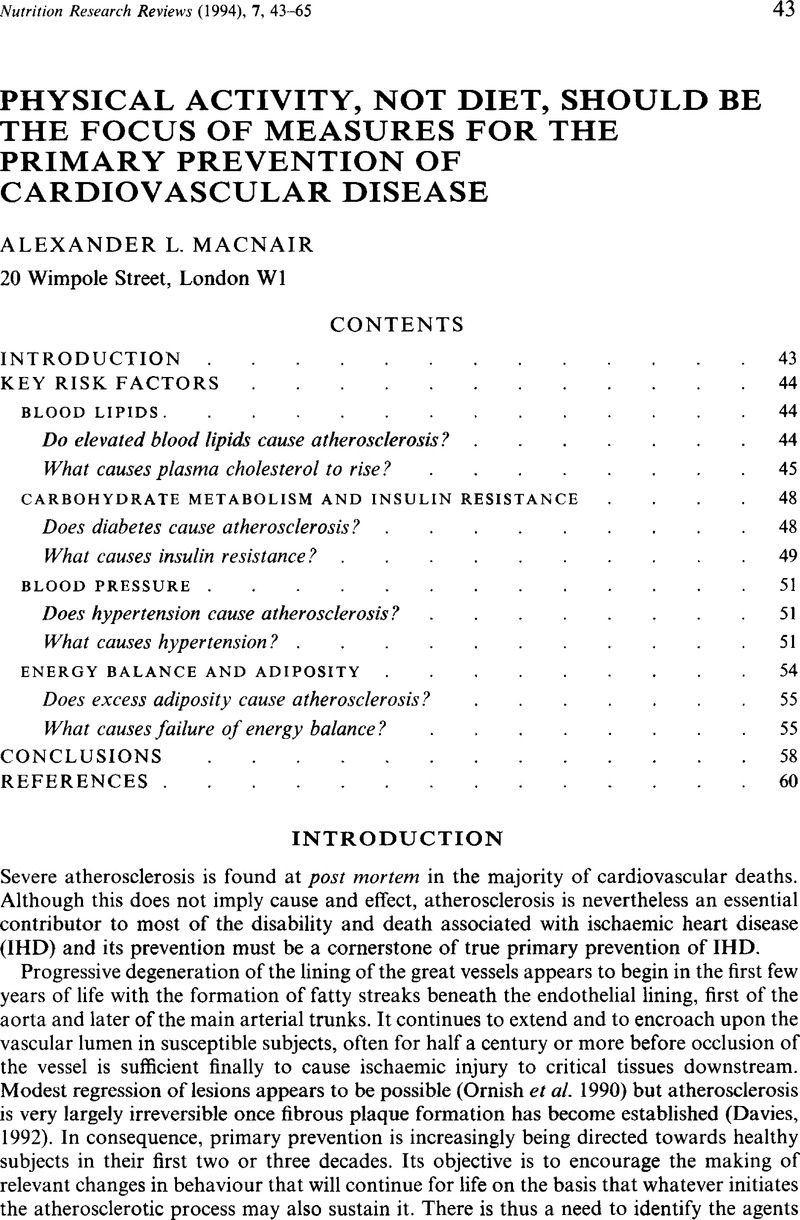Crossref Citations
This article has been cited by the following publications. This list is generated based on data provided by Crossref.
Gurr, Michael I.
Henry, C.J.K.
Gurr, Michael
and
Henry, C.J.K.
1995.
The Department of Health Cardiovascular Review Group and public health policy: an alternative view.
Journal of the Royal Society of Health,
Vol. 115,
Issue. 5,
p.
279.
Gurr, M. I.
1997.
Lipids: From intractable grease to oil for the wheels of life.
British Journal of Nutrition,
Vol. 77,
Issue. 6,
p.
827.
Murphy
Simkins
and
Helowicz
1999.
Diabetes Exercise Project.
Journal of Human Nutrition and Dietetics,
Vol. 12,
Issue. s1,
p.
79.
Higgs, Jennette D.
2000.
The changing nature of red meat: 20 years of improving nutritional quality.
Trends in Food Science & Technology,
Vol. 11,
Issue. 3,
p.
85.



